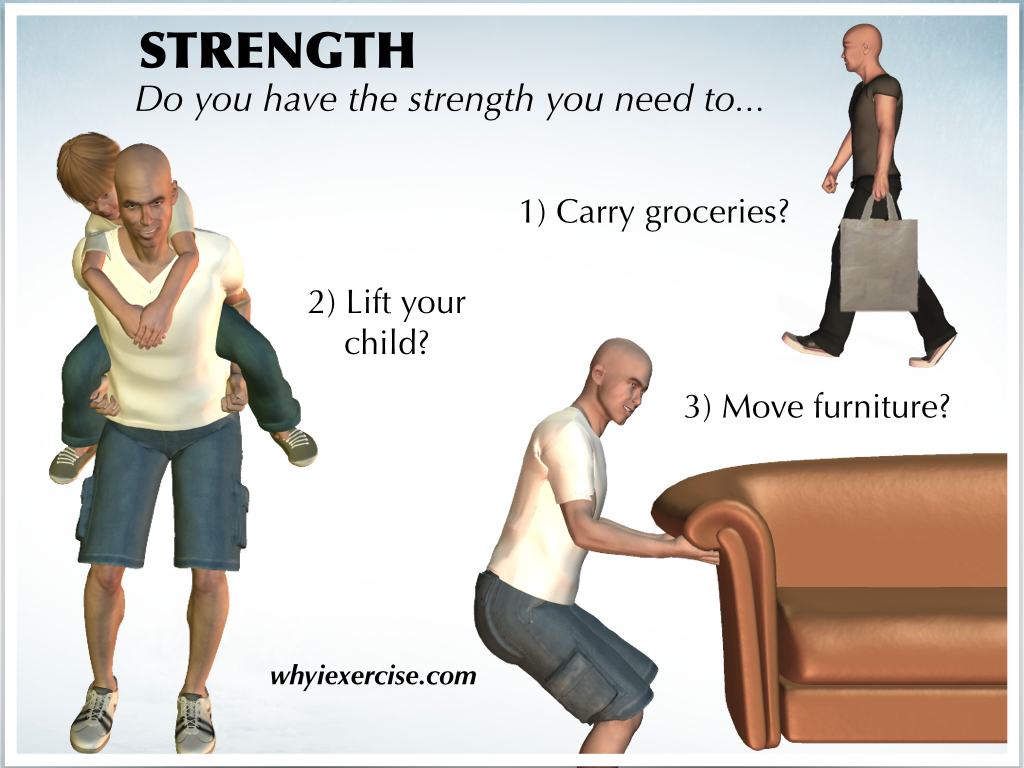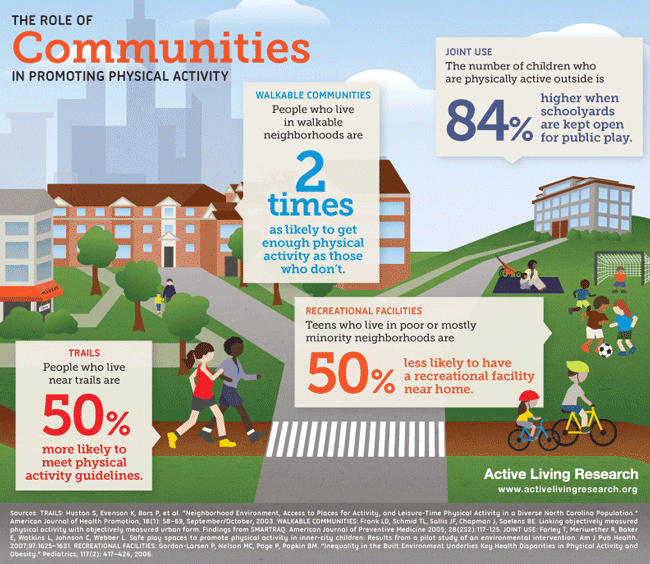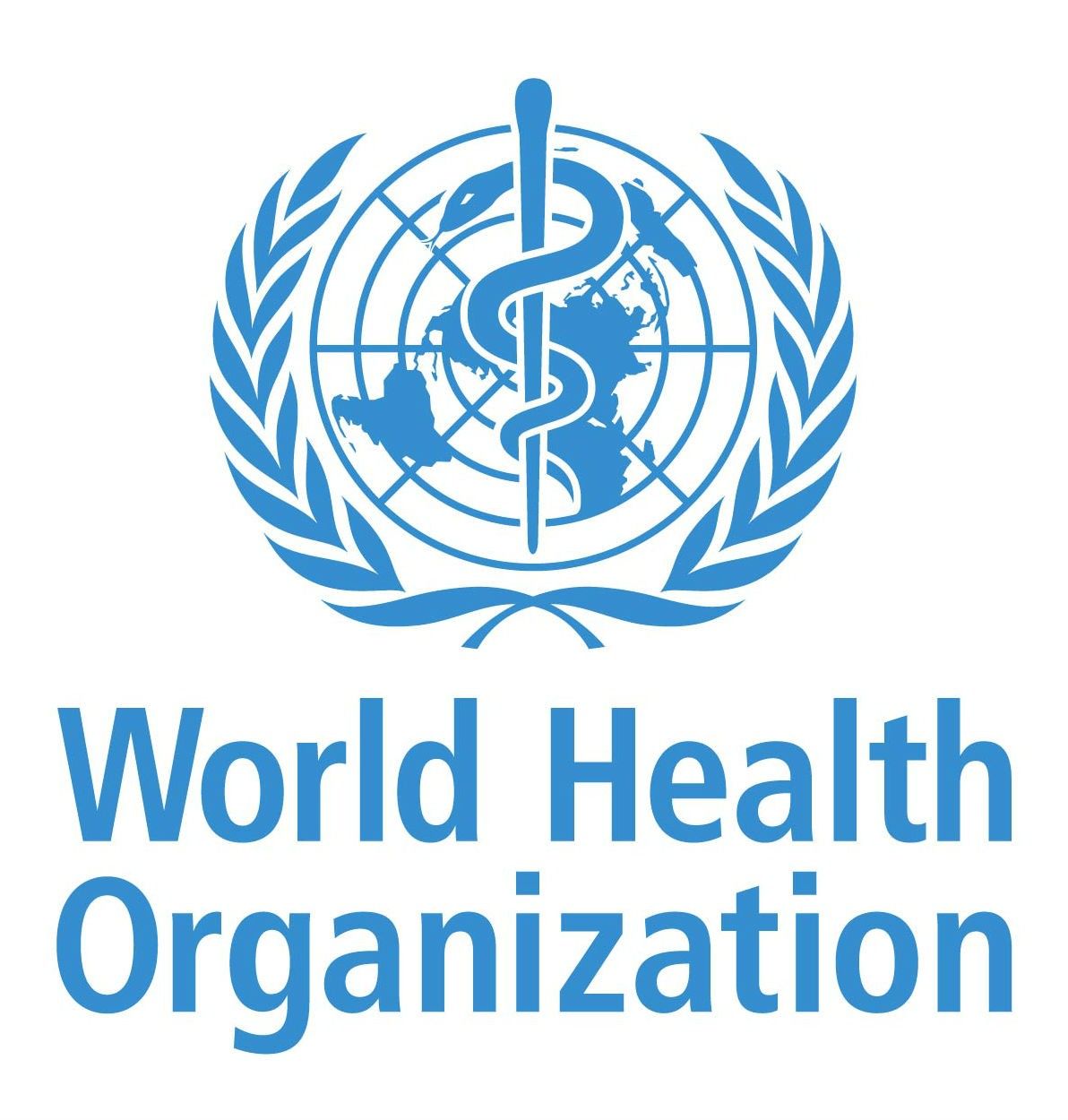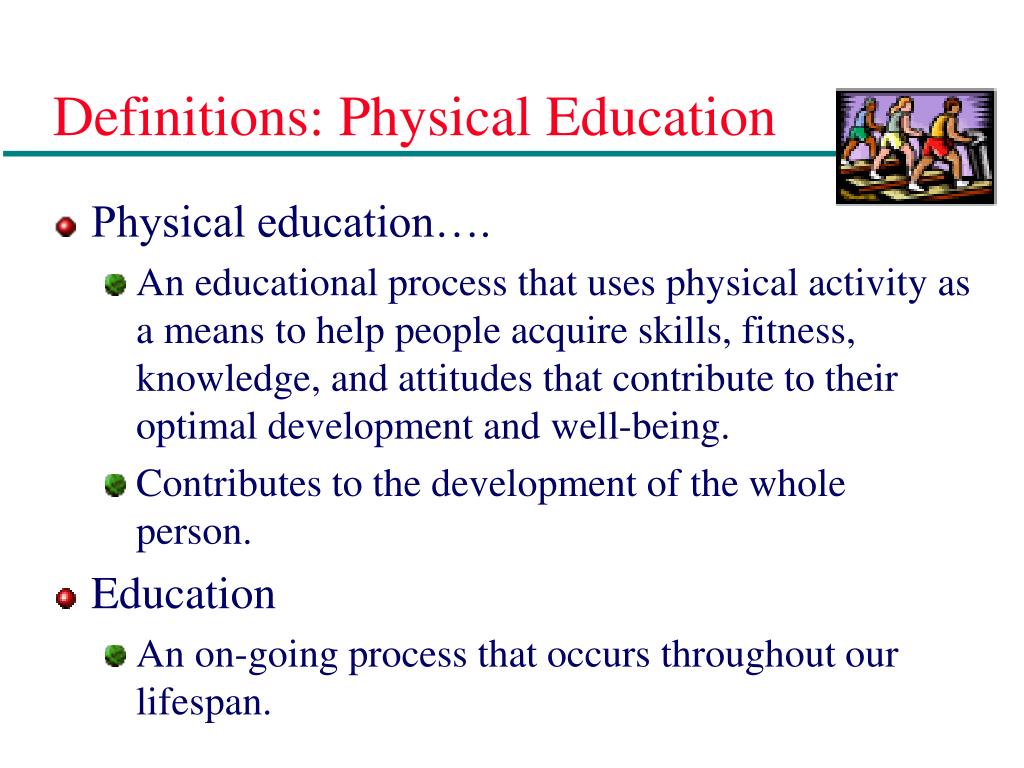

The degree of organisational structure that surrounds and influences the sport helps to distinguish whether an activity is classified as ‘organised sport’. Active recreation activities are those engaged in for the purpose of relaxation, health and wellbeing or enjoyment with the primary activity requiring physical exertion, and the primary focus on human activity.

Popular activities with young people include:


You could think about trying something new. You could:Ĭheck your local leisure centres to find out what sports you can get involved in. The best way to achieve 60 minutes of aerobic activity each day is to build it in to your daily routine.
#PHYSICAL ACTIVITY DEFINITION HOW TO#
How to keep children and young people active On 3 days a week, these activities should involve exercises for strong muscles and bones, including: To maintain a basic level of health, children and young people aged 5 to 18 need to do at least 60 minutes of aerobic activity every day. How much exercise children and young people need It's important for children and young people to keep active and to grow up strong and healthy into adulthood by doing exercises that strengthen bones and muscles. If you think your child may be overweight and would like more advice, speak to your GP, midwife or health visitor. To achieve and maintain a healthy weight, they may need to do additional activity and make dietary changes. There's an increasing amount of evidence that such behaviour can increase their risk of poor health.Ĭhildren under 5 who are overweight can improve their health by meeting the activity guidelines, even if their weight doesn't change. Watching TV, travelling by car, bus or train, or being strapped into a buggy for long periods of time are not good for a child's growth and development. Why it's important to keep all children under 5 activeĬhildren under 5 should not be inactive for long periods, except of course when they're asleep. Read more about activities you can do together. These are all great ways of getting you toddler active. This can include light activity and play like:Įnsure some of this time includes more active play, like: You can spread this throughout the day, indoors or outdoors. When your child can walk on their own, they should be physically active for at least 3 hours every day. Once your baby can move around themselves, encourage them to be as active as possible in a safe, supervised and nurturing play environment. How to keep your infant or toddler active supervised floor play, including tummy time.getting them to move their limbs, head and body around throughout the day.encouraging them to grasp and reach for toys.How to keep your baby activeīefore your baby begins to crawl, you can keep them physically active by: Being active every day is important for the healthy growth and development of babies, toddlers and pre-schoolers.įor this age group, physical activity of all intensities should be encouraged, including both light moving around and more energetic activity.


 0 kommentar(er)
0 kommentar(er)
